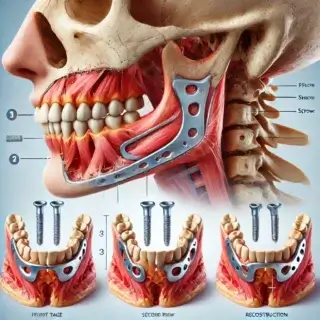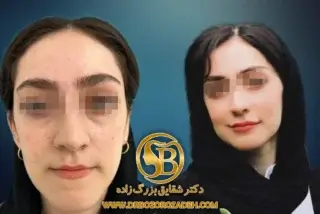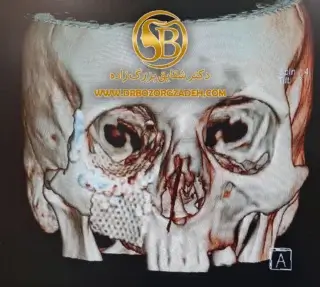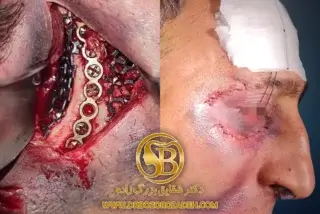What is maxillofacial surgery?
A comprehensive guide about one of the most important specialties of medicine and beauty
Written by Dr. Shaghayegh Bozorgzadeh , a maxillofacial surgeon Canada
Maxillofacial surgery is one of the advanced specialties in medical science that deals with the treatment of structural, functional and aesthetic problems of the jaw, mouth, and face. This branch is a combination of art and science, and its goal is to improve the quality of life of patients by improving the function and beauty of the face.
What is maxillofacial surgery?
Maxillofacial surgery is a branch of surgery that focuses on the treatment and management of the following problems:
- Functional problems: such as jaw deviation, chewing problems, and temporomandibular joint disorders.
- Cosmetic correction: including changing the shape of the jaw, nose, and the overall structure of the face.
- Treatment of diseases and traumas: such as jaw and facial fractures, tumors, and infections.
More information about Canada jaw and face surgery
Applications of maxillofacial surgery
Maxillofacial surgery is used in various fields, some of which we mention:
1. Orthognathic surgery (correction of asymmetric jaws)
This surgery is performed for patients whose upper and lower jaws are not aligned or who have problems chewing and speaking.
2. Treatment of jaw and facial fractures
Patients who have fractures in the jaw, cheek, or lower jaw area need accurate and quick surgery to restore facial function and symmetry.
Read more: Jaw and face fracture
3. Facial cosmetic surgery
One of the most common reasons for patients to visit is to improve their appearance and rejuvenate their face. This includes surgeries such as facelifts, genioplasty (chin reshaping), and rhinoplasty.
4. Treatment of tumors and cysts
Removal of tumors or cysts inside the jaw and face that can threaten the general health of the patient.
Maxillofacial surgery procedures
Step 1: Assessment and planning
At this stage, the doctor formulates a detailed plan for surgery by reviewing clinical examinations and radiological images (such as CBCT).
Step 2: Surgery
Depending on the type of problem, surgery can include general or local anesthesia. Surgery time is also variable.
Step 3: Post-surgery care
The patient should follow a soft diet, maintain oral and dental hygiene, and avoid heavy activities.
Studying the care guide after maxillofacial surgery
Maxillofacial and cosmetic surgery
One of the main reasons for visiting maxillofacial surgeons is to improve facial beauty. By using these surgeries, a more harmonious and attractive appearance can be created.
Blepharoplasty
This surgery is used to fix drooping eyelids and rejuvenate the eyes.
More information:
rhinoplasty ( Rhinoplasty )
One of the most popular cosmetic surgeries is nose reshaping, which can also improve respiratory function.
Related images


Internal links
- Canada jaw and face surgery
- View successful examples of jaw and face surgery
- Book an appointment or call us
External links
- Learn more about maxillofacial surgery at the American Association of Oral and Maxillofacial Surgeons
- Maxillofacial Surgery Techniques in the World Society of Maxillofacial Surgery
conclusion
Maxillofacial surgery is a combination of science and art, which is performed with the aim of improving the quality of life of patients. These surgeries can solve structural and aesthetic problems at the same time. If you are also looking for expert advice in this field, contact Dr. Shaghayegh Bozorgzadeh .









